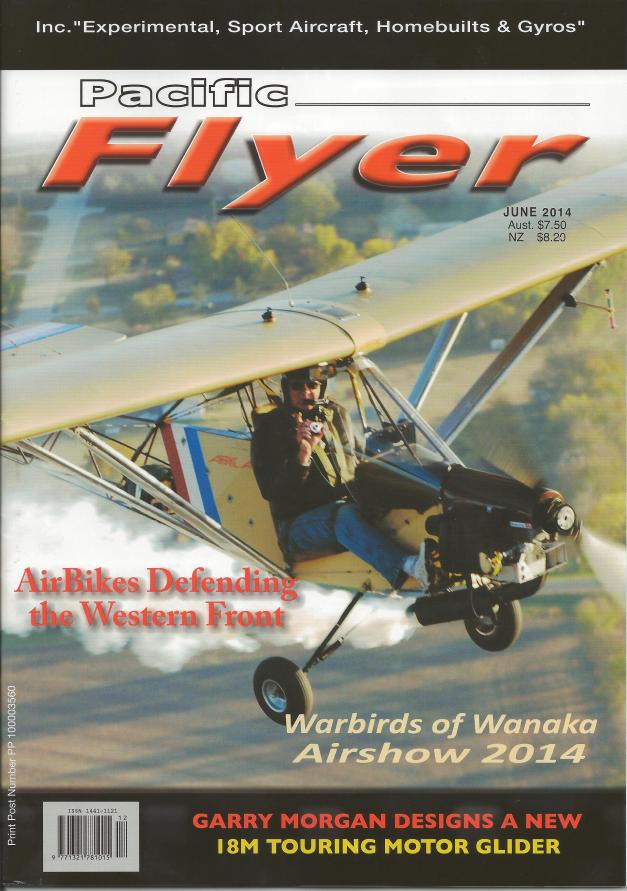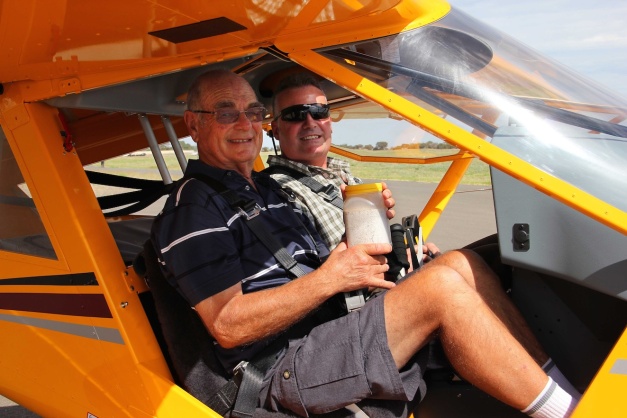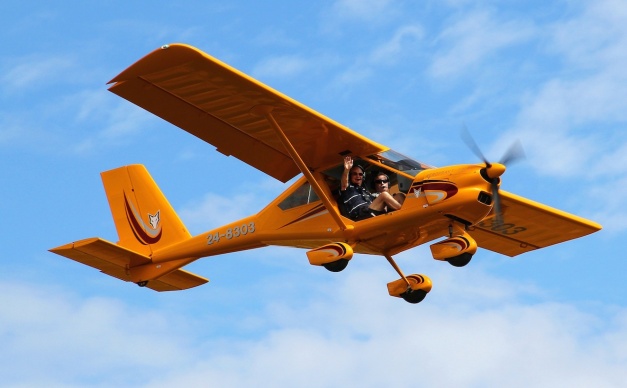 I first met Mike Rudd a few years ago when he was visiting my base airfield to test fly a couple of aircraft. At the time he was the owner of a flexwing microlight (or trike, or powered hang glider). He was looking for a more conventional, 3-axis aircraft. Luckily for me, a Foxbat was on his shortlist.
I first met Mike Rudd a few years ago when he was visiting my base airfield to test fly a couple of aircraft. At the time he was the owner of a flexwing microlight (or trike, or powered hang glider). He was looking for a more conventional, 3-axis aircraft. Luckily for me, a Foxbat was on his shortlist.
Apart from being an experienced pilot, Mike is a video/photographer of some considerable talent and I was soon privileged to count him among Foxbat owners in Australia. More importantly, Mike has made many excellent videos about the Foxbat and taken literally hundreds of photos of them, some of which adorn the Foxbat Australia website – www.foxbat.com.au – and our magazine advertisements.
Mike has his own YouTube channel where you can see his work for yourself: https://www.youtube.com/user/mikerudd1948
Here, he gives a few tips for getting the best out of taking photos and videos from an aircraft:
 1. Choose your photographic equipment carefully. For in-cabin work, the GoPro camera has become ubiquitous but high-end pocket cameras like the Sony RX100 Mk 2
1. Choose your photographic equipment carefully. For in-cabin work, the GoPro camera has become ubiquitous but high-end pocket cameras like the Sony RX100 Mk 2  are as good and in some cases better. For example, pocket cameras have a zoom feature and you can also stop the weird effects of shooting through the propeller without resorting to the neutral density filters needed for the GoPro.
are as good and in some cases better. For example, pocket cameras have a zoom feature and you can also stop the weird effects of shooting through the propeller without resorting to the neutral density filters needed for the GoPro.
2.  For air-to-air stills (and even video), a full sensor DSLR will give the best results. Mike uses a Canon 5D Mk3 with a stabilised 24-105mm lens. For shooting air-to-ground (where the ground stays fixed, unlike a subject aircraft), you can increase the telephoto lens to a 120-400mm.
For air-to-air stills (and even video), a full sensor DSLR will give the best results. Mike uses a Canon 5D Mk3 with a stabilised 24-105mm lens. For shooting air-to-ground (where the ground stays fixed, unlike a subject aircraft), you can increase the telephoto lens to a 120-400mm.
3. Use a fairly slow shutter speed to get the propeller blurred but not invisible. By default, this also gives you a smaller aperture which helps with depth of field. If your camera has the facility, use auto-focus and continuous shooting as everything is in motion and some of the photos will inevitably be blurred. Make sure the white balance and ISO are set correctly – make some trial/test shots before the main shoot. If at all possible, shoot in RAW mode, enabling better image manipulation and editing.
4. A thorough briefing between the pilots and the photographer is absolutely essential. If you do not have a formation endorsement, the aircraft must remain at least 100 feet (around 30 metres) apart – about three wing spans for most light aircraft. You need to confirm the desired background, target altitude, and track in relation to the sun – ideally have the sun at ten or two o’clock to the subject aircraft, shining into the front of the cabin. Early morning and late afternoon make for better shadows and show the aircraft lines better.
Only the pilots should talk to each other. The photographer can tell ‘their’ pilot what they want and have it relayed to the subject pilot. Whether the subject aircraft flies straight & level and the photo ship moves around or vice versa doesn’t matter – as long as this is agreed before taking to the air. At all times, at least one of the pilots must be responsible for maintaining visual separation.
Be very very careful when operating high and low-wing aircraft together and absolutely avoid the low-wing aircraft flying above the high-wing aircraft where neither pilot can see the other.
 5. Choose your aircraft even more carefully than the photo equipment! High-wing aircraft are much better for aerial photography – particularly for taking pictures of the ground! Pictures will be much clearer through open air, rather than a perspex window, so look for an aircraft where the photographer’s window or door can be opened safely in flight. Or if certified to do so, even remove the door before you start. The aircraft should be safely manoeuvrable across a range of speeds and have plenty of room in the cabin for stowing cameras. The photographer also needs room to move around without interfering with the controls. For obvious reasons, the photographer’s safety belt should remain done up all the time and the camera must be attached to the photographer by a short strap!
5. Choose your aircraft even more carefully than the photo equipment! High-wing aircraft are much better for aerial photography – particularly for taking pictures of the ground! Pictures will be much clearer through open air, rather than a perspex window, so look for an aircraft where the photographer’s window or door can be opened safely in flight. Or if certified to do so, even remove the door before you start. The aircraft should be safely manoeuvrable across a range of speeds and have plenty of room in the cabin for stowing cameras. The photographer also needs room to move around without interfering with the controls. For obvious reasons, the photographer’s safety belt should remain done up all the time and the camera must be attached to the photographer by a short strap!
6. Finally, back on the ground, you’ll want to edit and refine your pictures. This is where RAW format photos are really needed, as you have far more options for enhancement. Mike uses both Adobe Lightroom and Photoshop, aiming for 300dpi full-frame jpegs for printing and 72-96dpi for internet and website use.
A couple of reminders – you need a legal permit from an engineer to attach a camera to the outside of a plane. This applies to all aircraft whether GA, LSA or ultralight. Make sure your aircraft is certified for door-off or door-open operations if you plan this; on some aircraft stall speeds can increase dramatically with a door off or open. Safety is always your first responsibility – it’s better to shoot from a safe distance and crop when you are on the ground.
For a sample of Mike’s air-to-air pictures, have a look at our gallery – bottom right of this blog. And for an amazing video with aerial footage, have a look at this YouTube link: Foxbat landing on a ship at sea
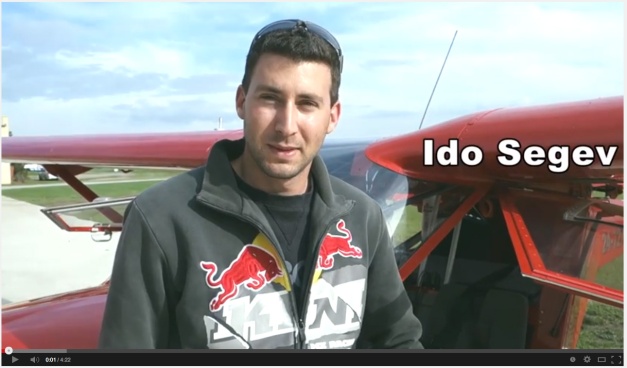 Ido Segev is a world champion aerobatics pilot – of large, freestyle RC model aircraft. In his spare time, he’s also a flying instructor for full scale aircraft, based at Moorabbin Airport, Melbourne, and a multi-copter pilot for a video and photographic organisation.
Ido Segev is a world champion aerobatics pilot – of large, freestyle RC model aircraft. In his spare time, he’s also a flying instructor for full scale aircraft, based at Moorabbin Airport, Melbourne, and a multi-copter pilot for a video and photographic organisation.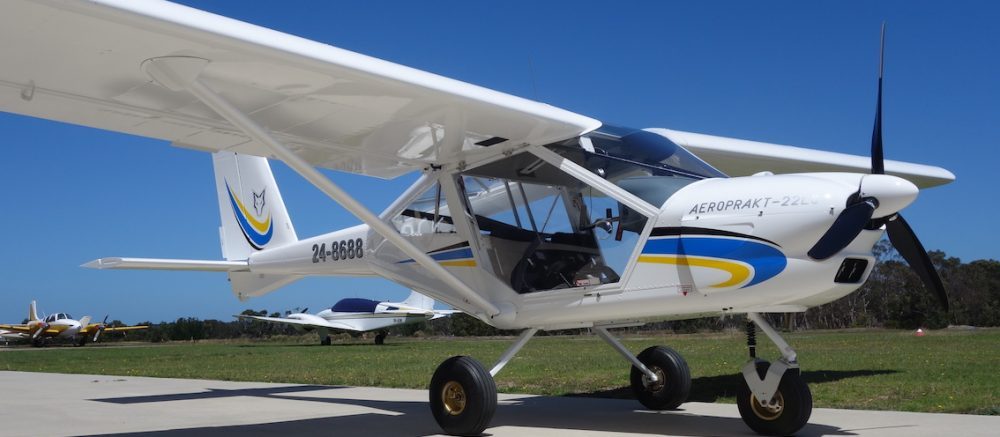
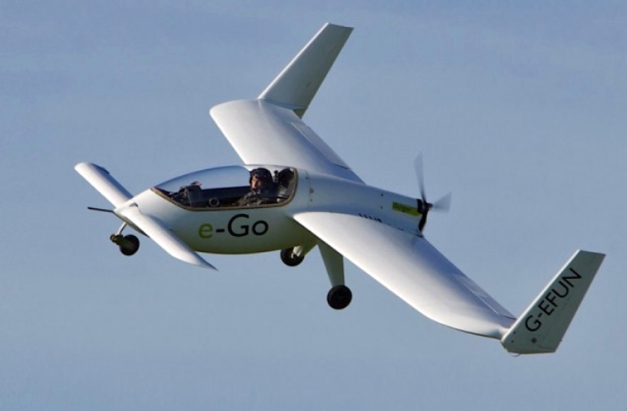
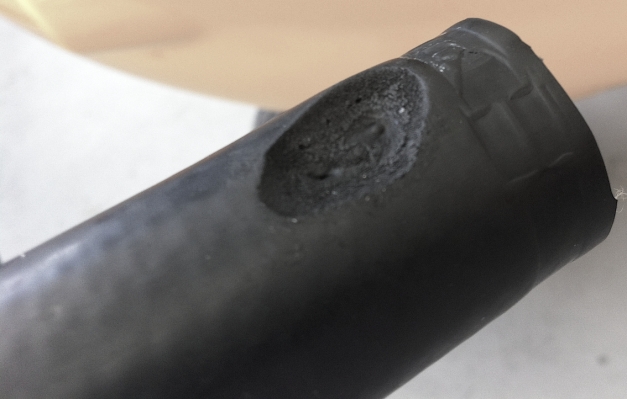
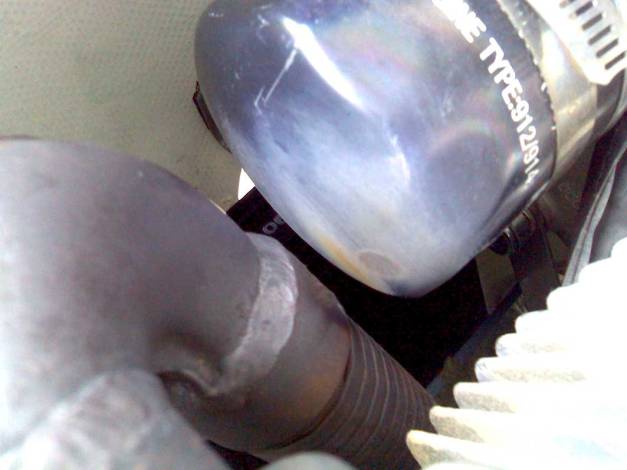






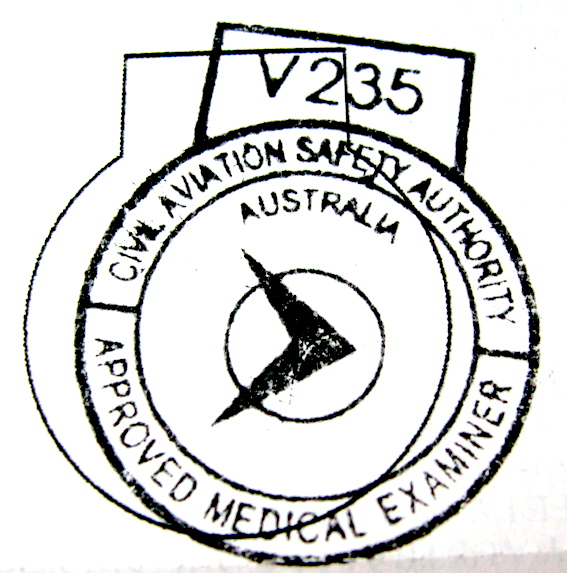 my PPL. These days, it seems this is the only time I get to see a doctor, so I treat it as my regular health check.
my PPL. These days, it seems this is the only time I get to see a doctor, so I treat it as my regular health check.
